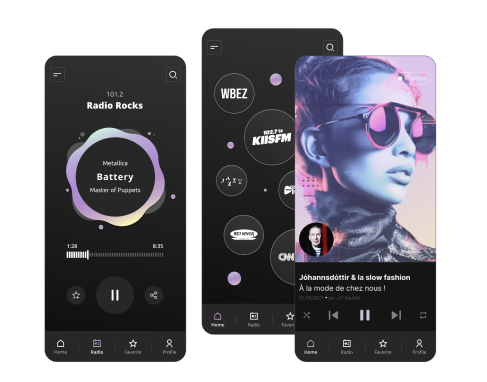Manual and Automated Testing for a Database Management Solution
Multilevel testing for a leading database IDE supporting multiple database types and visualization tools.
About Project
Solution
Manual testing, Automated testing
Technologies
DBeaver, Jira, TestRail, Skype
Country
United States
Industry
Client
The client provides a widely-used database IDE that serves over 300,000 users globally, including software developers, business analysts, and database administrators. Their platform offers advanced data management and visualization capabilities, supporting various database types including SQL and MongoDB-based solutions.
Project overview
Looking for expert QA for your database management tool? Let’s ensure your product’s reliability!
Before
- Limited test coverage for diverse database types
- Challenges with regression testing across multiple updates
- Dependency on extensive database environments, impacting efficiency
After
- 150+ new test cases created
- Full regression and cross-platform testing completed
- Enhanced test coverage across all database types
Project Duration
6 months
Team Composition
1 QA Lead
5-8 Manual QA
2 Automation QA
Challenge
The client needed comprehensive testing for two major product updates, requiring both validation of new features and complete regression testing of existing functionality. The main challenge was ensuring compatibility with over twenty different database types, requiring deep database technology expertise from our QA team.
Databases were deployed on the client’s side, which sometimes created access delays during testing. We needed to establish efficient communication channels to quickly resolve any database access issues while coordinating across different time zones.
Solutions
We implemented a robust testing strategy that addressed all aspects of the client’s needs:
Test case creation. Developed over 150 new test cases to expand the coverage for critical functionalities.
Specialized team composition. Assembled a team with strong database experience to navigate the technical complexity effectively.
Automation support. Integrated automation testing to streamline regression cycles, enhance test coverage, and optimize efficiency.
Dynamic team management. Scaled team size according to project needs, ensuring efficiency and minimizing costs.
Cross-platform testing. Verified the toolâs performance across multiple OS platforms, including Mac OS, Ubuntu, and Windows.
Technologies
Our testing stack focused on comprehensive coverage across multiple platforms and database types:
- DBeaver
- TestRail
- Jira
- Jenkins
- Multiple database platforms (SQL, MongoDB
- Windows, Mac OS, Ubuntu testing environments
Types of testing
Exploratory testing
Discovered critical issues in real-world usage.
Regression testing
Ensured updates did not impact existing features.
Smoke testing
Verified key functions for initial stability.
Build verification testing
Assured each build was stable for further testing.
Acceptance testing
Confirmed the tool met business requirements.
Results
Through six months of rigorous testing, we ensured the tool’s readiness for release across two major updates, achieving full stability and comprehensive test coverage. Positive feedback from the client affirmed our impact, and we have continued our collaboration on further projects.

new test cases created and implemented

database types validated

users supported globally

major versions successfully released

Improved cross-platform stability

Enhanced automated test coverage
Ready to ensure your database solution works flawlessly across all platforms?
Connect with our database testing experts today!
Bruce Mason
Delivery Director


